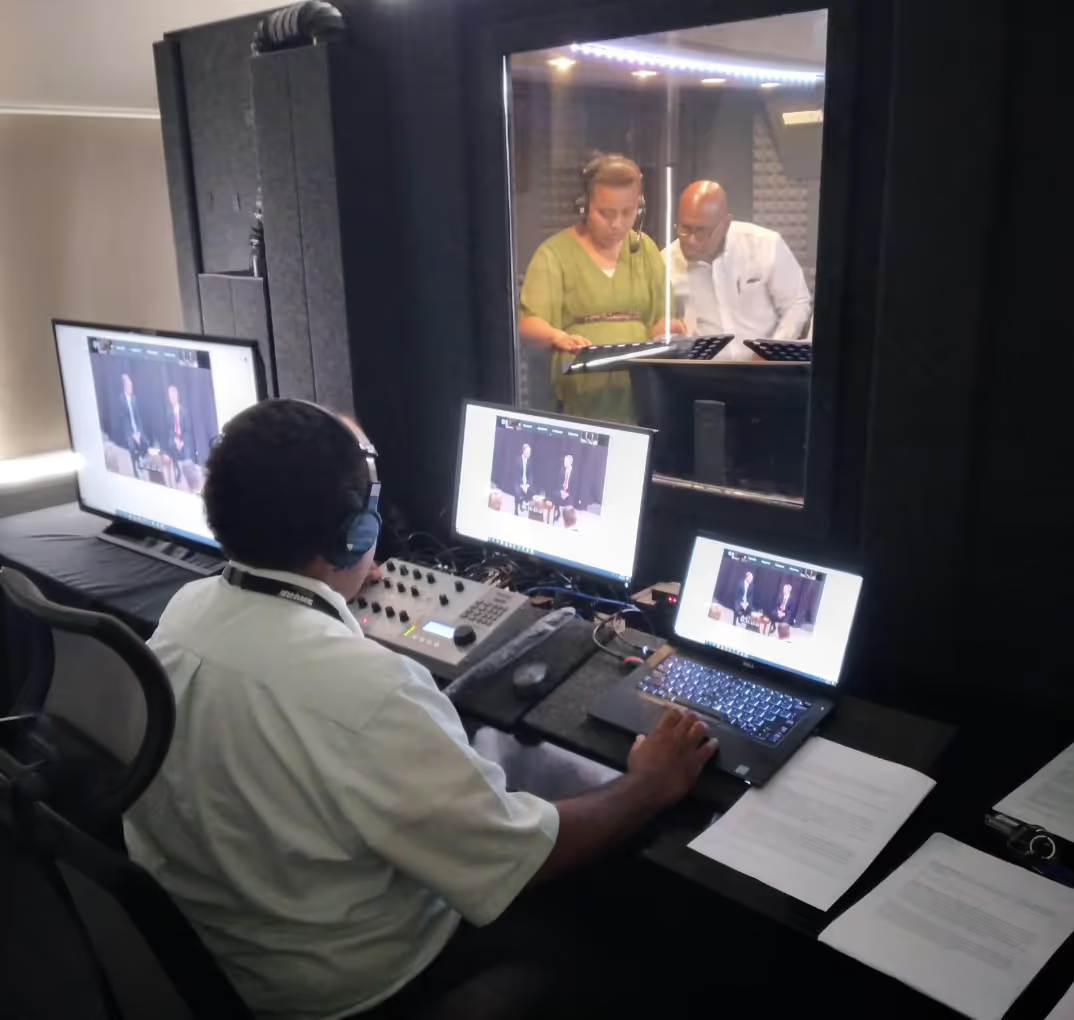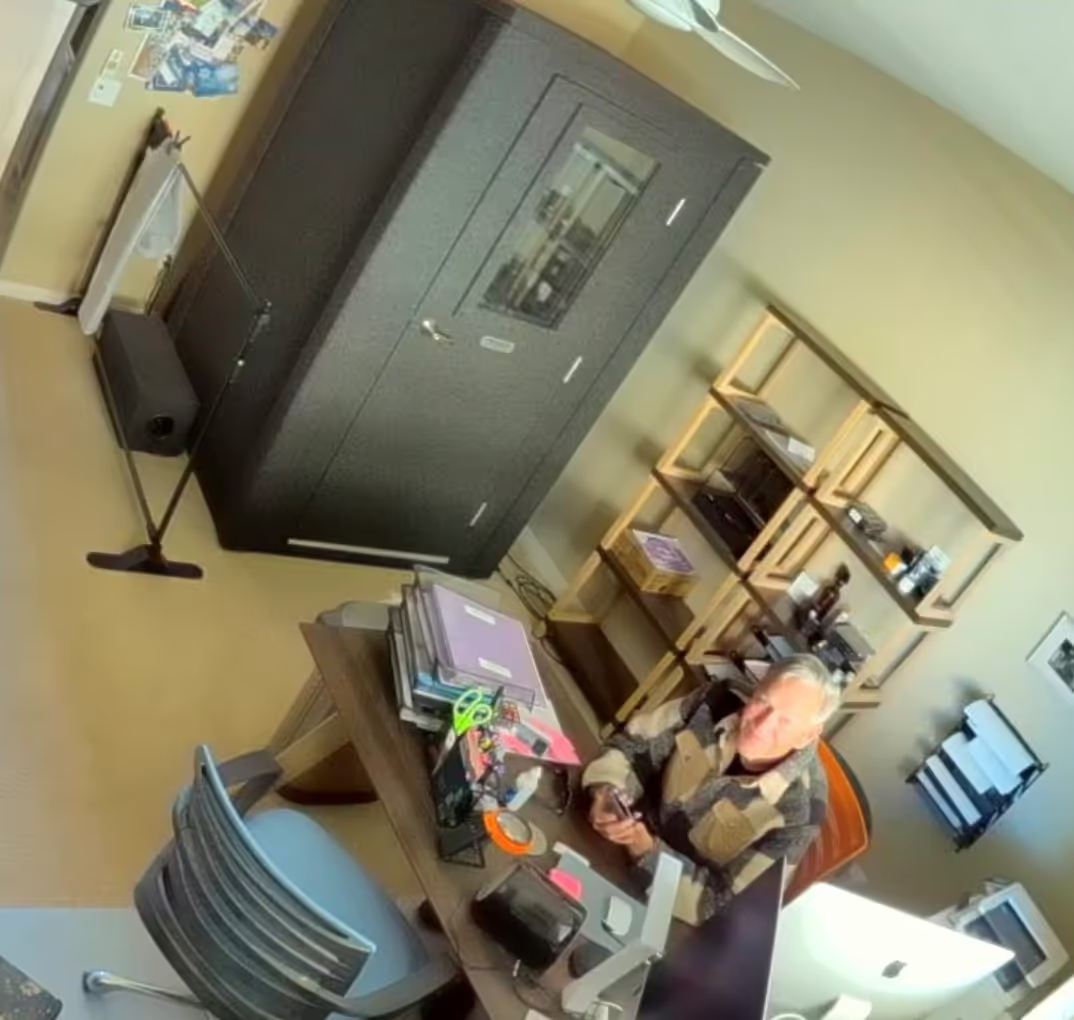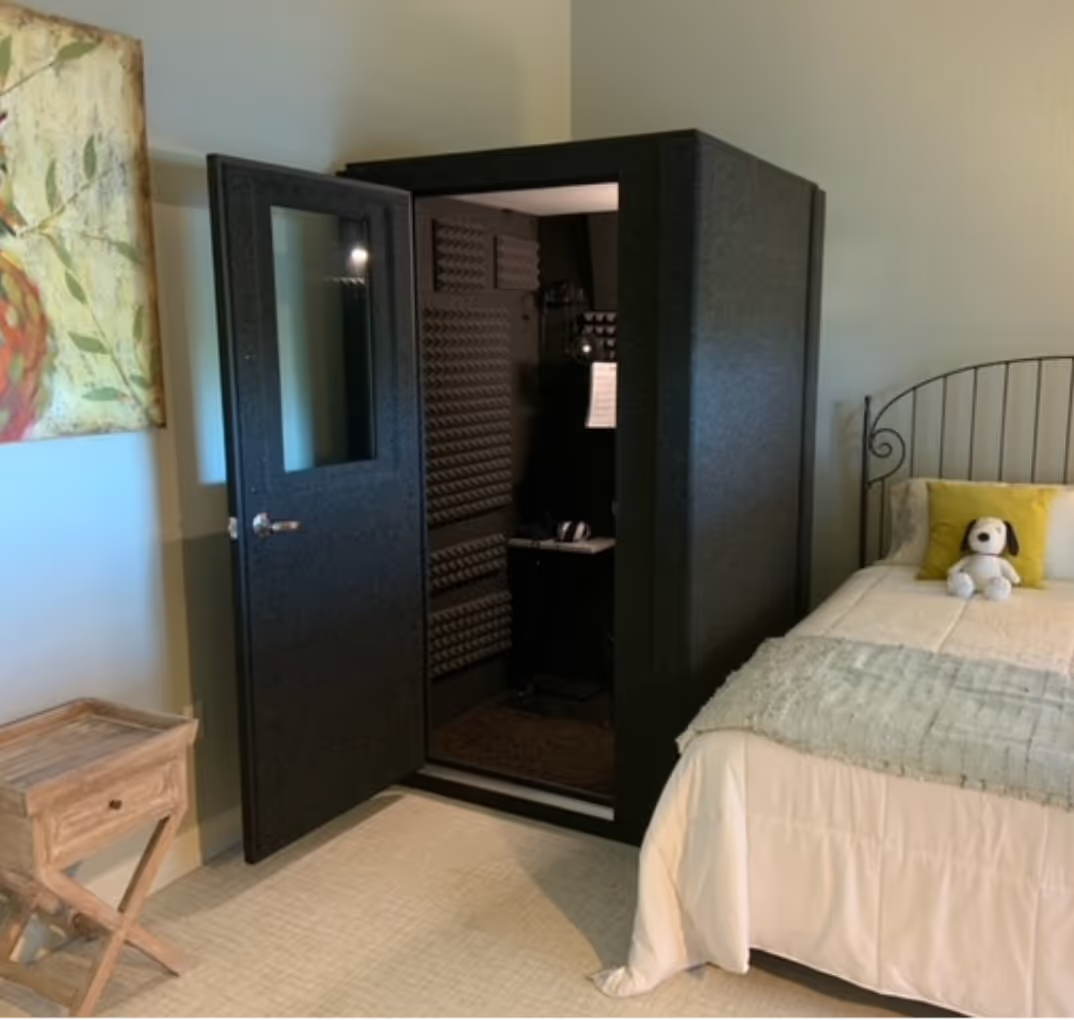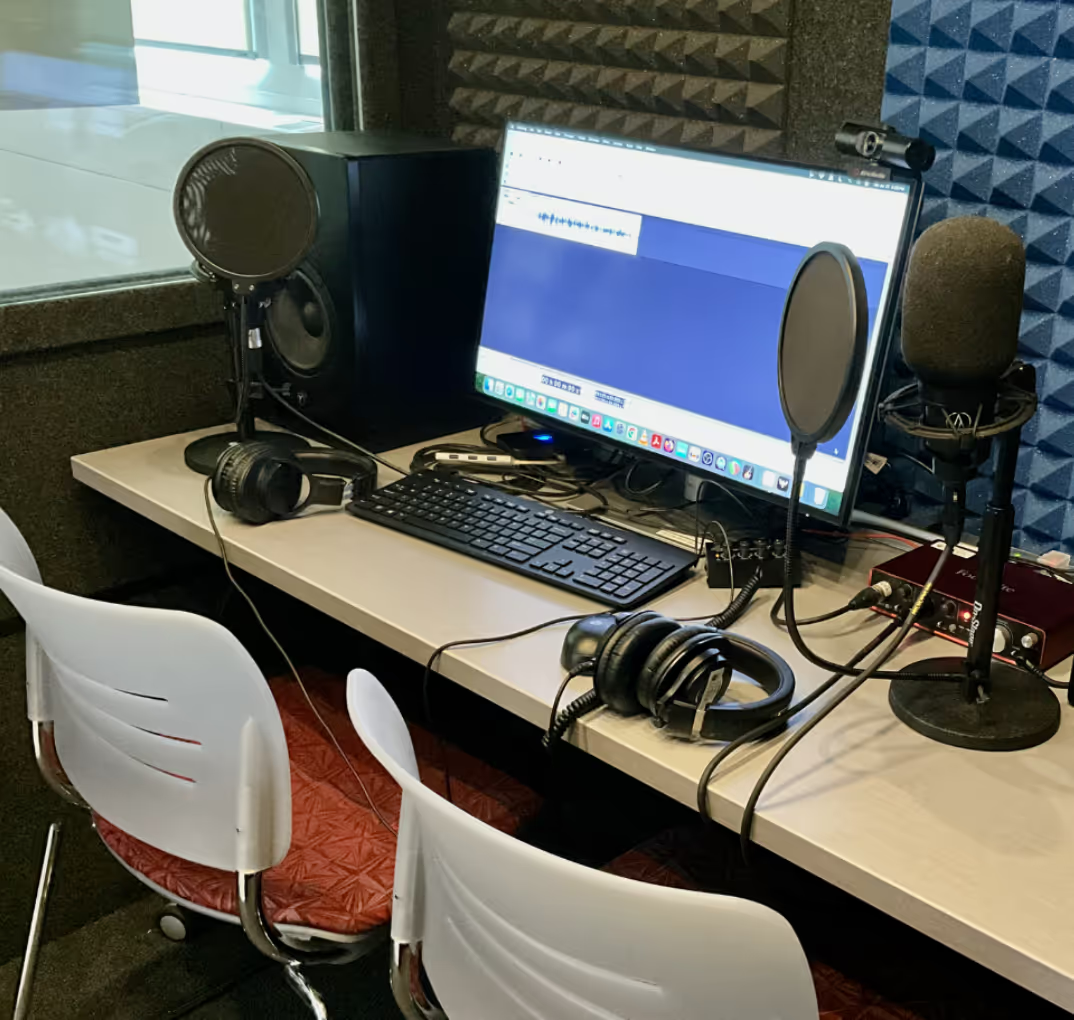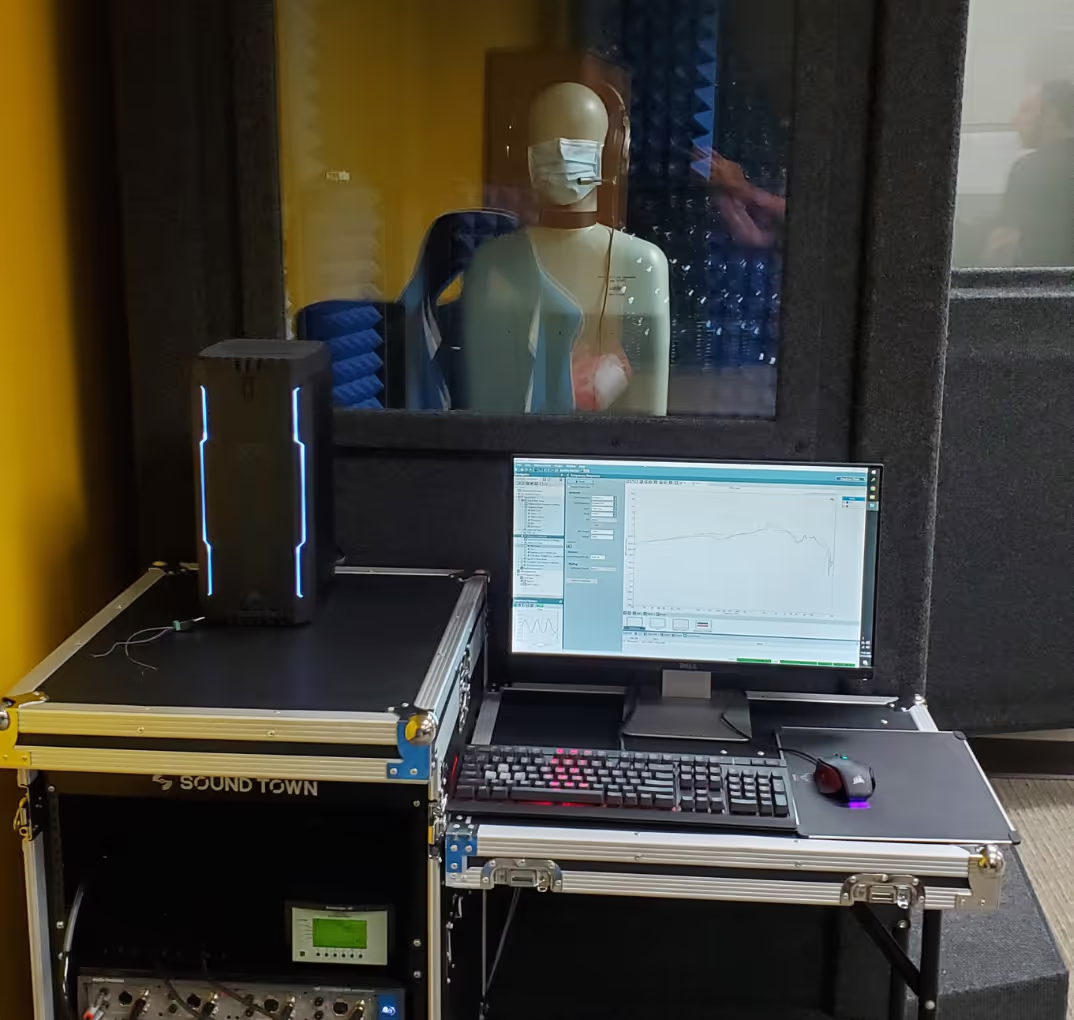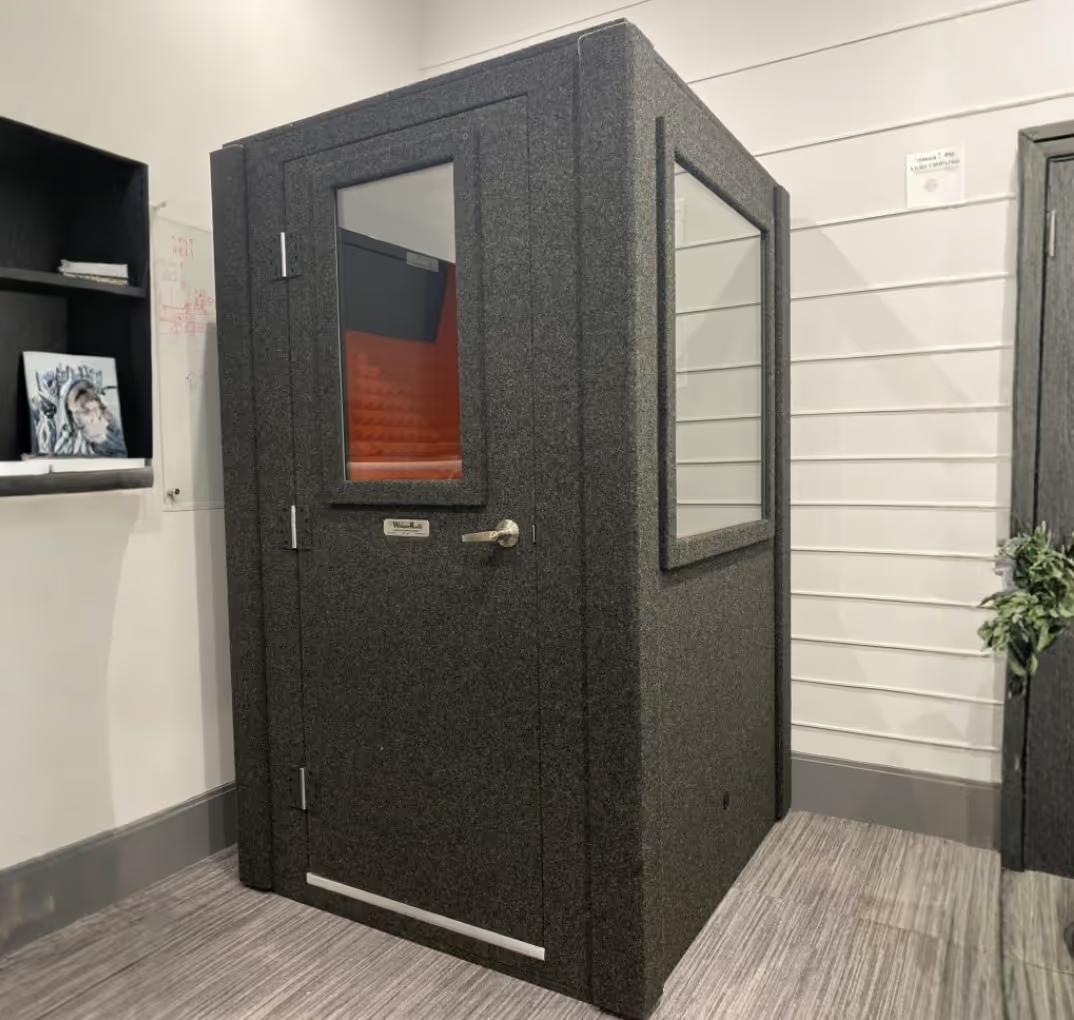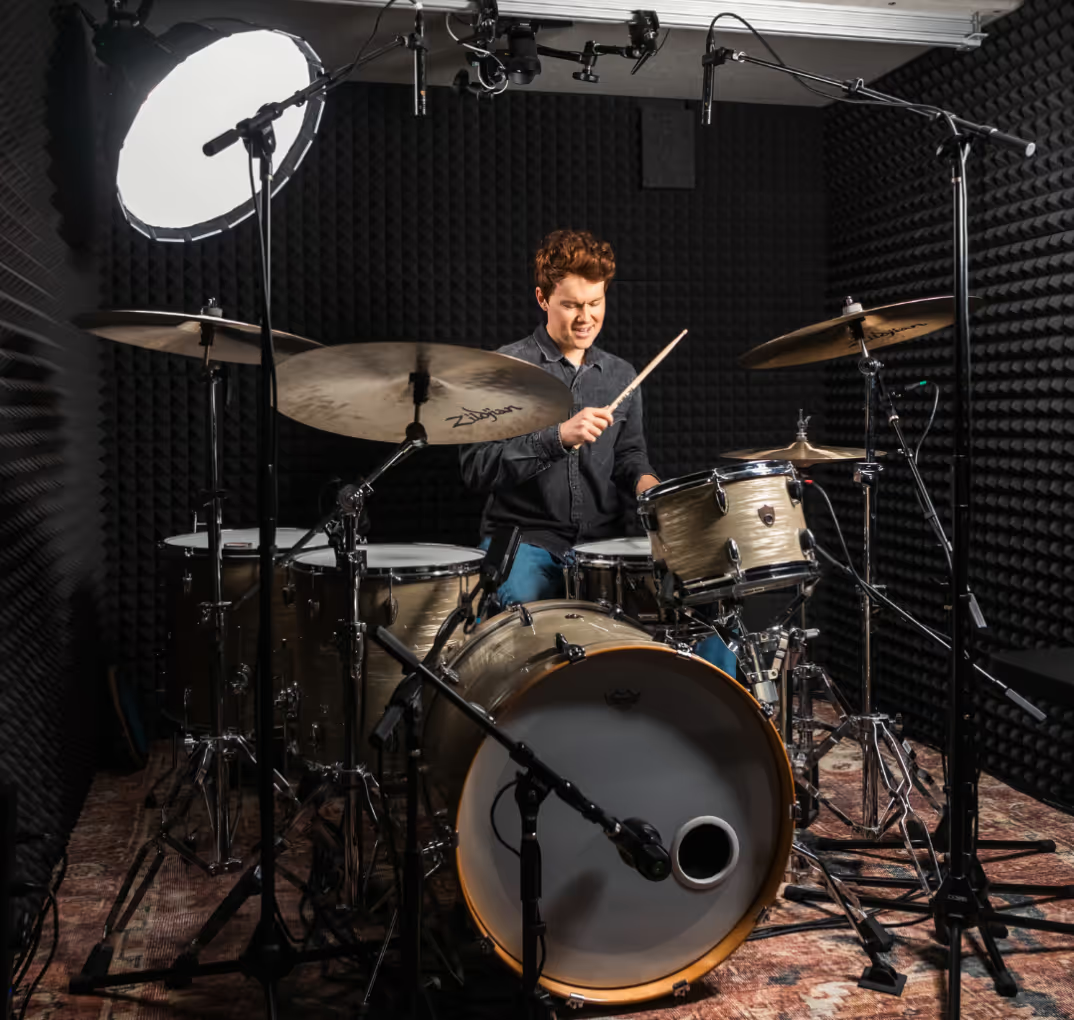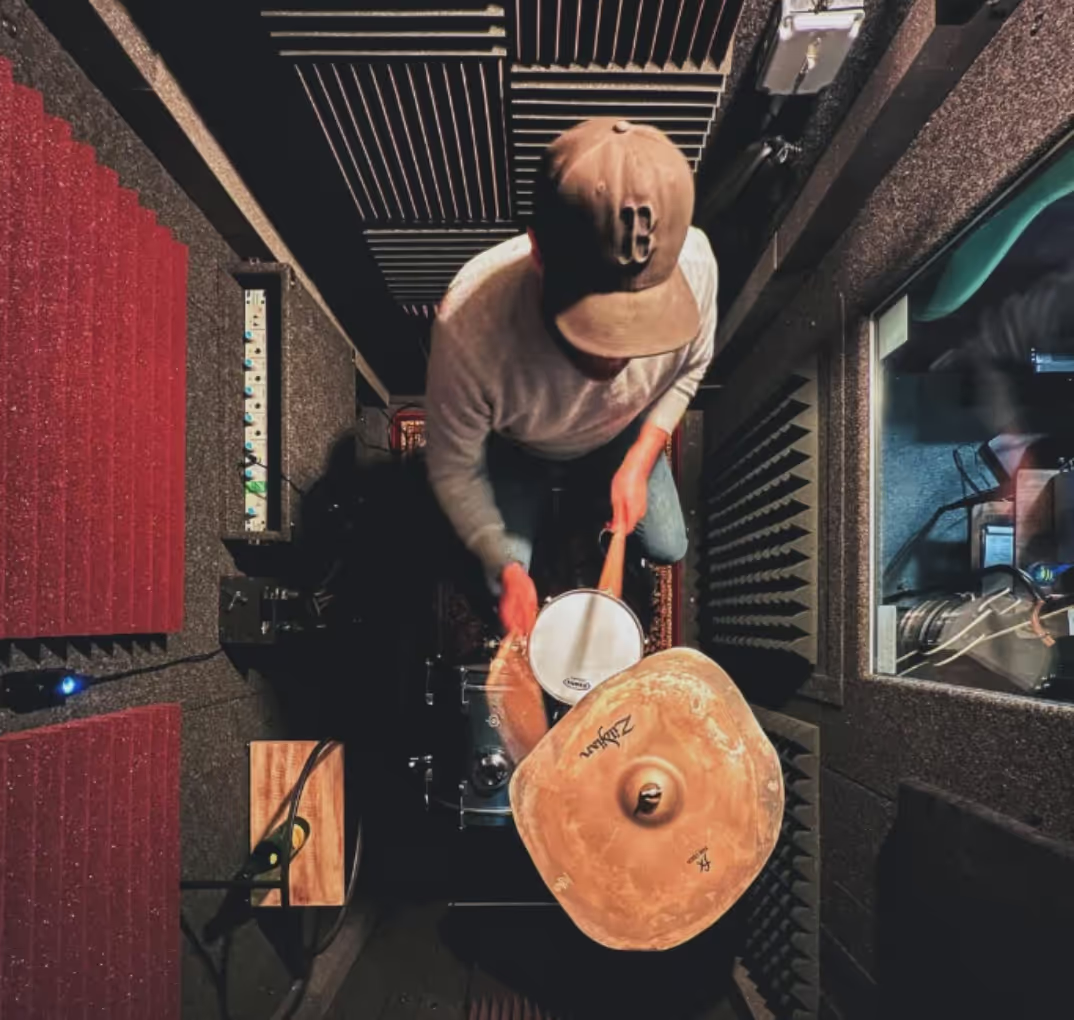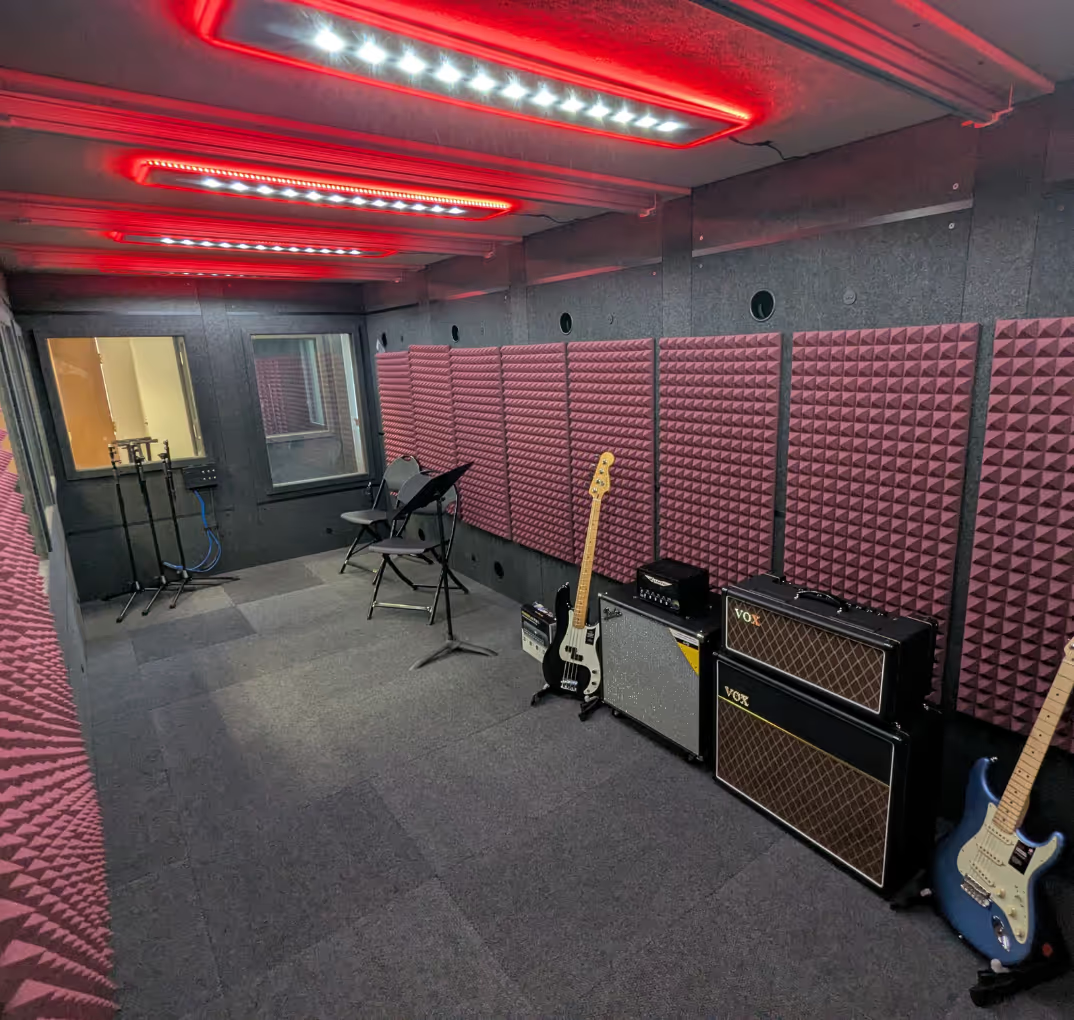Mastering a musical instrument entails more than just learning how to play it. As with any other subject, knowledge of theory will help you understand sound more deeply.
Music theory is a set of educational and scientific disciplines in musicology that deal with the theoretical aspects of music. All of this serves as the foundation for creating music. It typically includes the following:
- Instrumentation (the study of musical instruments);
- Orchestration (the presentation of music for orchestra);
- Harmony (the study of how music is organized);
- Polyphony (the study of polyphonic compositions);
- Eurhythmics (the study of the meter and rhythm);
- Musical form (learning about the structure of a piece of music).
InspirAspir shares the foundational concepts of music theory.
How Long Does It Take to Learn Music Theory?
If you want to master music theory, plan on spending about four years learning and applying it:
- Six to twelve months for the basics (for example, the pitch of the tone, scales, keys, consonance, and dissonance);
- Three to four years for advanced concepts.
Why is Music Theory So Important?
Everyone who wants to pursue a career in music should master music theory. It plays an important role that is often overlooked. Music theory allows you to "read" notes without having to play them on a musical instrument.
How Do You Learn Music Theory?
Notes in music are analogous to letters in writing. It will take a long time to learn to "speak" with their assistance. How can you learn music theory so that you can “communicate” using notes without being embarrassed? Here are some helpful hints to get you started:
1. Consider Your Knowledge Level
Do you play any musical instruments? How many years have you been playing? Can you read the notes? Your prior experience will influence how much you need to learn, where you need to get your education, and how informative this training should be.
2. Determine Your Budget's Payment Capabilities
Some websites offer free music theory lessons. However, to gain truly in-depth knowledge or obtain a diploma/certificate after your training, you will most likely be required to pay and provide personal information. If you are just learning for pleasure and do not want to spend a couple of hundred dollars (or more), you can look for free courses with good reviews and attend master classes given by local musicians.
3. Conduct an Internet Search
Examine what free and paid courses have to offer. You can make a short list of aspects of music theory that you need to master. They are usually highlighted in the course programs.
Paid courses, on average, provide all the information gathered in one place. However, if you are unwilling to spend financial resources or do not have such an opportunity, you can learn everything using the Internet. Visit various resources dedicated to the necessary aspects and master music theory step-by-step on your own.
4. Find the Best Online Music Theory Resources
A good website for learning music theory (paid or free) will be tailored to your level of experience and age. It will allow you to learn at your pace without feeling rushed. Here are some of the best online resources for learning music theory:
- musictheory.net - It is a good free option for people who have little or no knowledge of music theory. It covers a wide range of topics, from note durations and time signatures to Neapolitan chords. The platform provides lessons with animation, a clean presentation style, and an intuitive design;
- Coursera.org - this option provides Fundamentals of Music Theory training through a structured curriculum, practice tests, and final exams. The course is taught by doctorate-level lecturers with degrees from reputable music colleges;
- Soundbrenner Learn. The resource is a video series for musicians who want to master rhythm. It includes videos and articles delivered by rhythm instructors from different music environments. This solution includes exercises and rhythmic warm-ups in addition to theory to help you put theory into practice;
- Influencers (Adam Neely). There are many popular musicians-YouTubers. Some entertain their followers, while others educate them. Adam Neely is a YouTube who offers a new perspective on music theory;
- Music Theory Academy. This website provides free music theory lessons that will immerse you in various aspects ranging from structural systems, chords, and tonality to writing music. Also, it offers many music theory tests and exercises to help you reflect on what you have learned. This resource will also be beneficial to advanced students because it covers complex concepts. For example, Ostinato and Picardy third;
- Music Matters. This course is intended to help modern students advance their musical knowledge. It is taught by Gareth Green, an expert teacher. He explains the material in a non-obtrusive way, provides examples, and plays the keyboard, allowing his students to hear the "speech" of the previously written notes.
Teton Music covers several online resources to learn music theory.
Adam Neely discusses misconceptions people have about music theory.
5. Learn in Small Steps
After each block, most modern platforms ask students to take an online test to determine how well they learned the material. The main thing is to not rush and hone your knowledge through practice. You can take lessons again if necessary because not everything in music is always understood the first time.
Conclusion
After you complete some pieces of training, use your life experience to your advantage. It is a hands-on activity that will allow you to see how the theory works in practice. Choose a learning tool, improve your skills, start making music, or simply enjoy your musical knowledge and experience.








.avif)
.avif)
.avif)

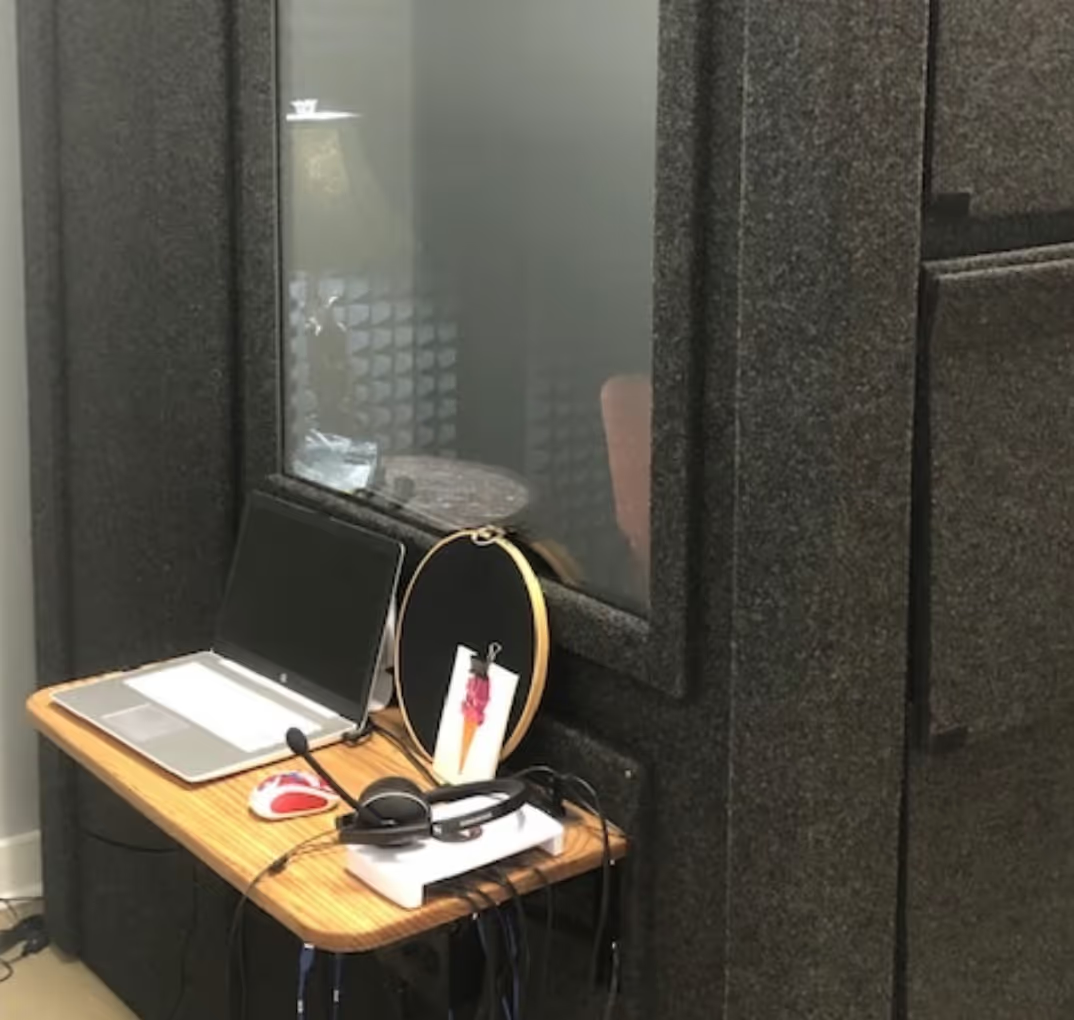
.avif)
.avif)

.avif)
.avif)
.avif)
.avif)
.avif)
.avif)
.avif)
.avif)
.avif)
.avif)
.avif)
.avif)
.avif)
.avif)

.avif)
.avif)



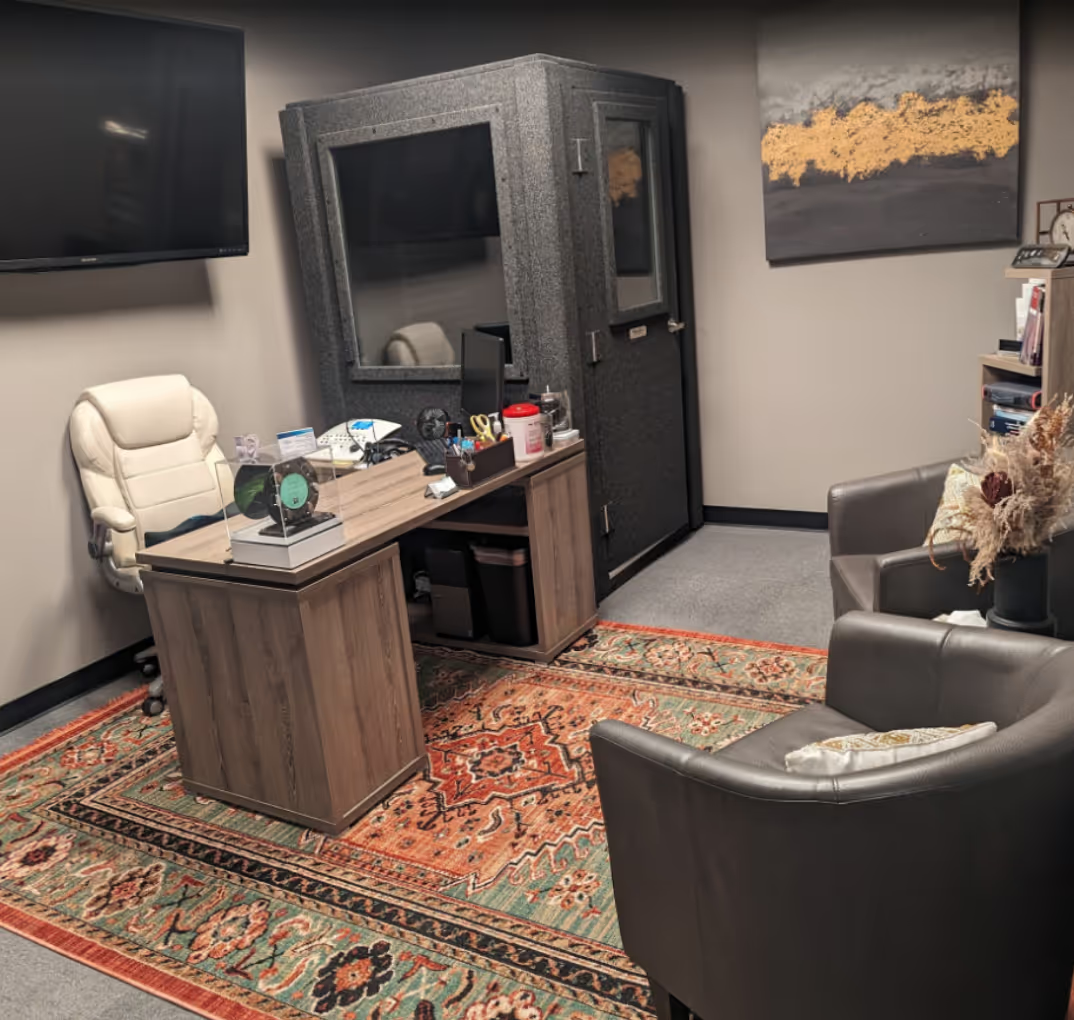

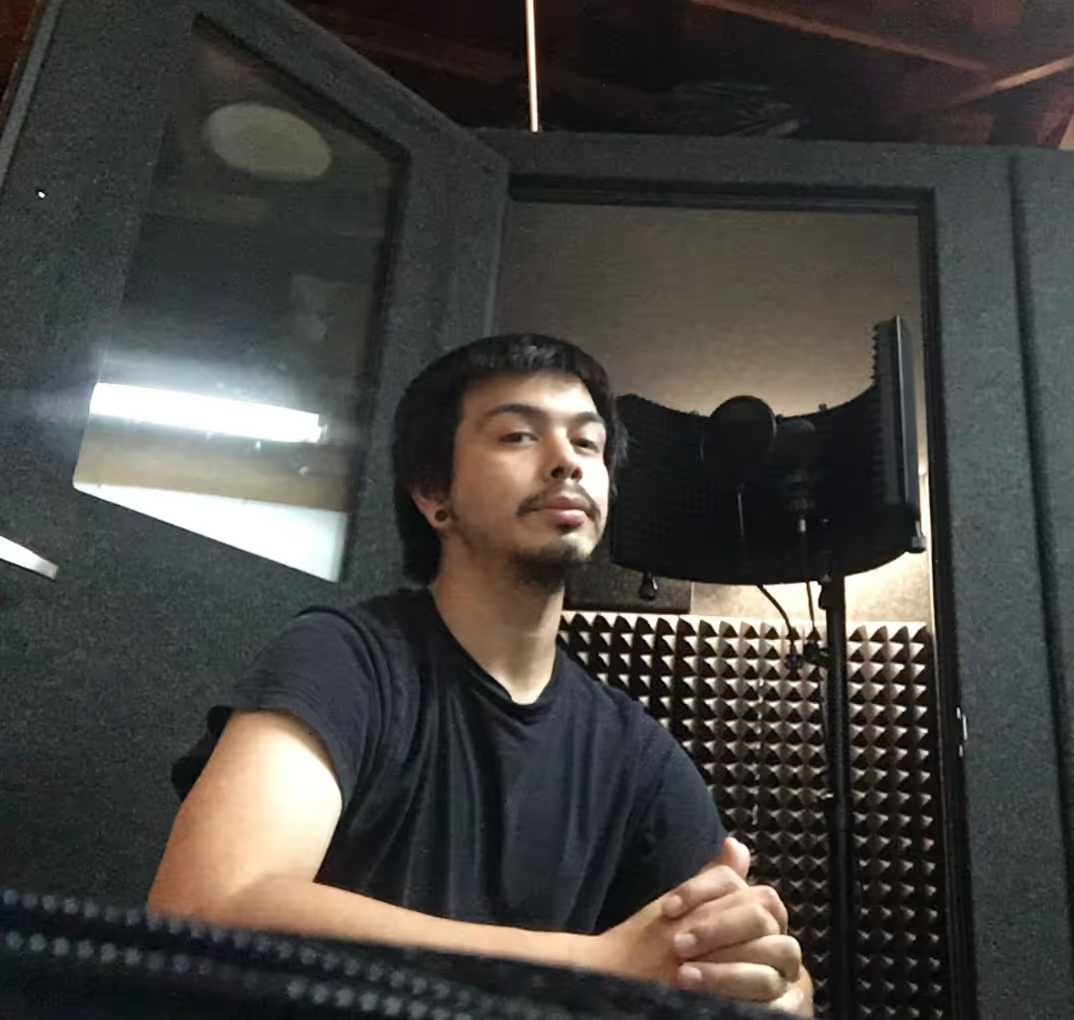

.avif)

